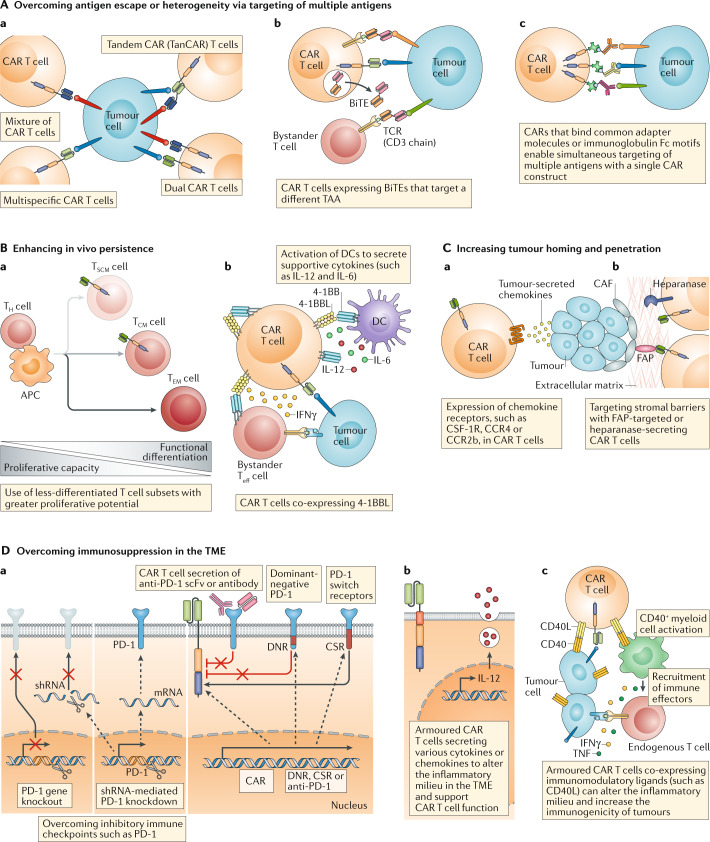Fig. 4. Improving the efficacy of CAR T cell therapy.
Several innovative engineering strategies have been used to enhance the efficacy of chimeric antigen receptor (CAR) T cells. A | CAR T cell products designed to target multiple different tumour-associated antigens (TAAs) (a) can overcome antigen escape or heterogeneity; variations on this approach are predicated on the use of CAR T cells engineered to co-express and secrete bi-specific T cell engagers (BiTEs) (b) or the use of CARs targeting adapter molecules that can be linked to a range of soluble antigen-recognition moieties to enable simultaneous recognition of multiple antigens with a single CAR (c). B | The in vivo persistence of CAR T cells can be enhanced by using less-differentiated T cell subsets (a) or by engineering CAR T cells to express factors that foster a supportive microenvironment such as 4-1BB ligand (4-1BBL) (b). C | The trafficking and/or penetration of CAR T cells into solid tumours can be improved by engendering these cells with the ability to respond to tumour-associated chemokines (a) or to target physical barriers present in the tumour microenvironment (TME) (b). D | Finally, CAR T cells can be engineered to overcome the immunosuppressive factors present in the TME, for example, by circumventing the activity of inhibitory immune checkpoints, including programmed cell death 1 (PD-1) (a), or by promoting an inflammatory milieu via the expression of cytokines (b) or other immunostimulatory factors, such as CD40 ligand (CD40L) (c). APC, antigen-presenting cell; CAF, cancer-associated fibroblast; CCR2b, CC-chemokine receptor 2b; CCR4, CC-chemokine receptor 4; CSF-1R, macrophage colony-stimulating factor 1 receptor; CSR, chimeric switch receptor; DC, dendritic cell; DNR, dominant negative receptor; FAP, fibroblast activation protein; scFv, single-chain variable fragment; shRNA, short hairpin RNA; TCM, central memory T cells; TCR, T cell receptor; Teff cell, effector T cell; TEM cell, effector memory T cells; TH cell, T helper cell; TSCM cell, stem cell-like memory T cell.

